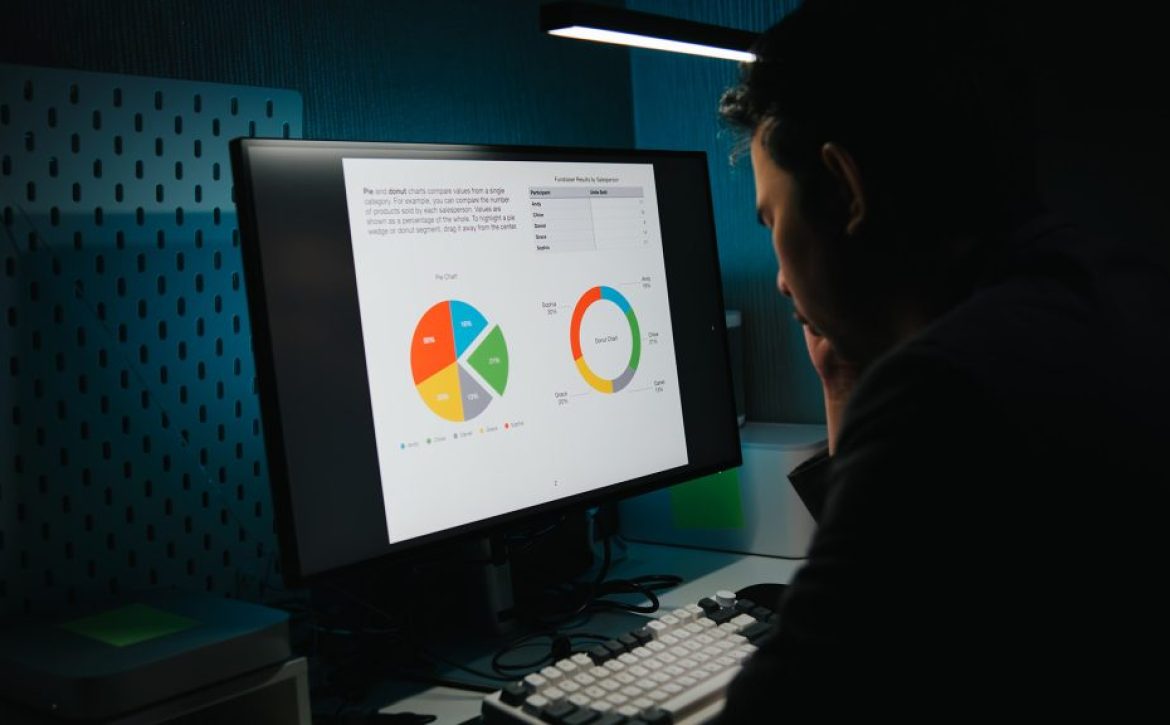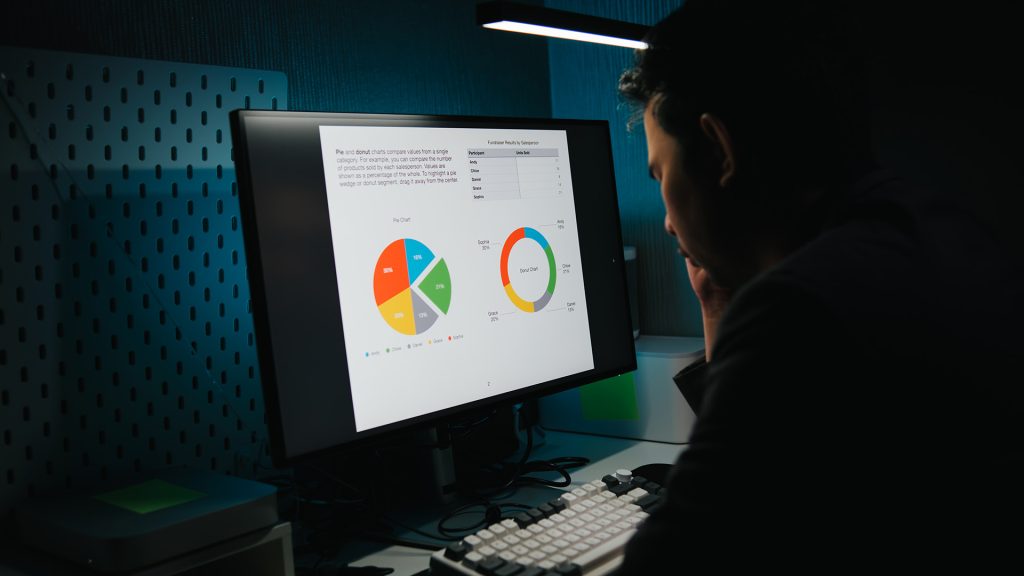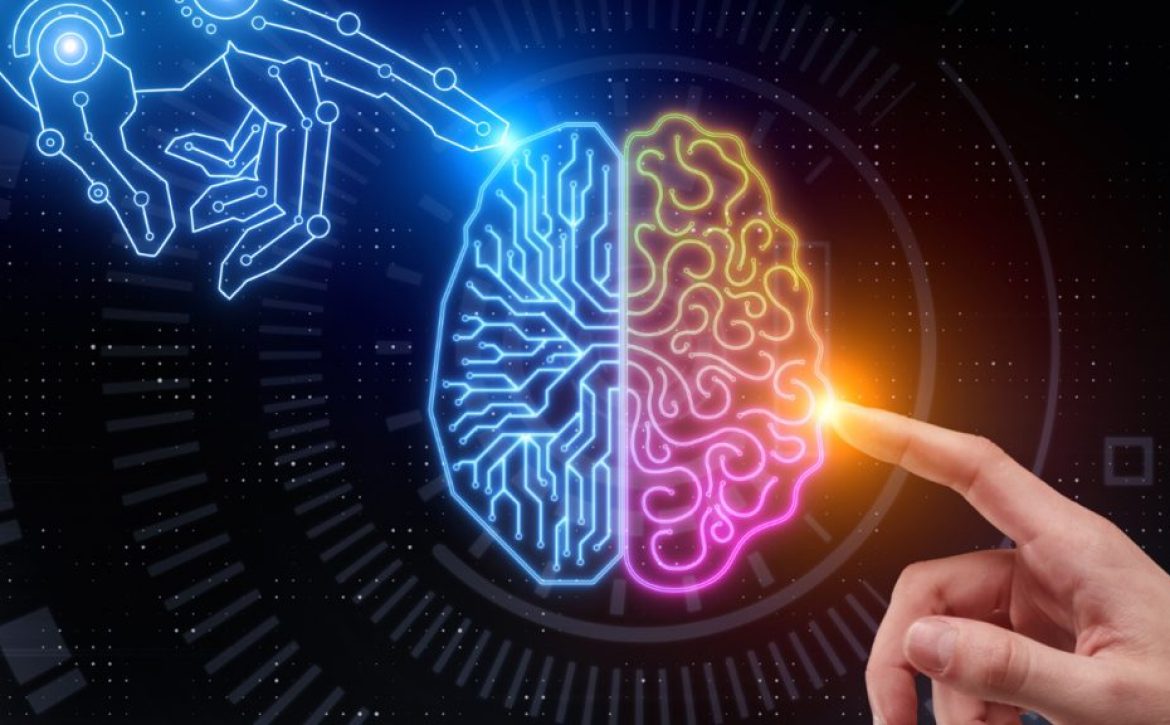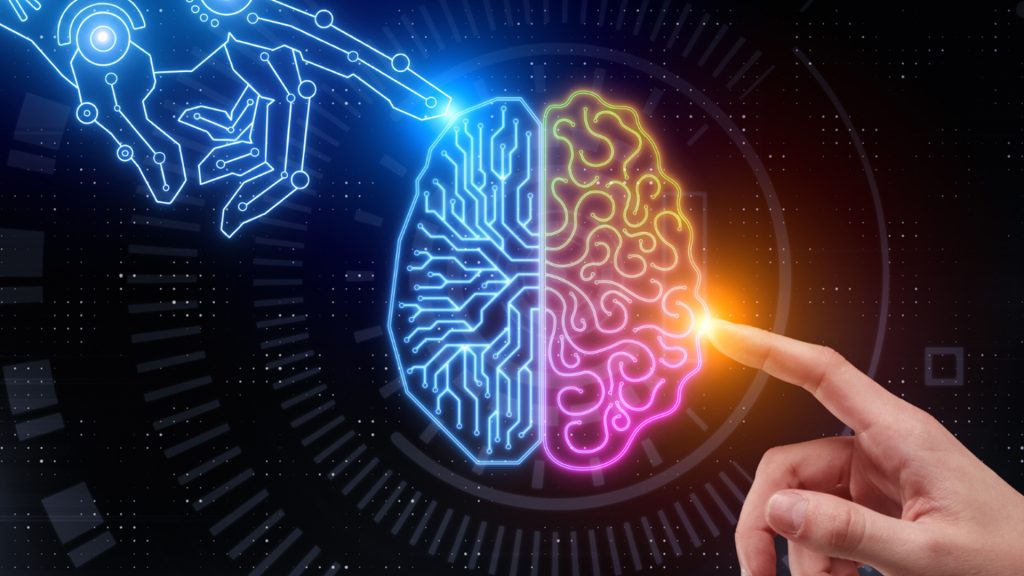Artificial Intelligence (AI) is transforming industries across the globe, and the financial sector is no exception. One of the most significant areas where AI is making a substantial impact is financial risk assessment. This complex field involves evaluating the potential risks associated with financial decisions, investments, and lending, which traditionally relied heavily on human judgment and static models. AI, with its advanced data processing and predictive analytics capabilities, is revolutionizing financial risk assessment, making it more accurate, efficient, and insightful.
The Evolution of Financial Risk Assessment
Financial institutions have always faced the challenge of assessing risks accurately to avoid losses and maximize returns. Traditional methods often involve manual processes and rule-based systems that can be slow and prone to errors. Additionally, these methods may not always capture the dynamic and complex nature of financial markets. AI offers a transformative solution by leveraging machine learning algorithms, natural language processing, and big data analytics to enhance risk assessment processes.
Predictive Analytics and AI
One of the primary ways AI is revolutionizing financial risk assessment is through predictive analytics. Machine learning algorithms can analyze vast amounts of historical data to identify patterns and trends that may indicate future risks. For example, banks and financial institutions can use AI to predict the likelihood of a borrower defaulting on a loan by analyzing their credit history, transaction patterns, and other relevant data. This enables lenders to make more informed decisions and set appropriate interest rates based on the assessed risk.
Real-Time Data Analysis
Real-time data analysis is another critical advantage of AI in financial risk assessment. Traditional risk assessment models often rely on historical data, which may not always reflect current market conditions. AI-powered systems, on the other hand, can continuously monitor and analyze real-time data from various sources, including news articles, social media, and market trends. This allows financial institutions to quickly identify emerging risks and take proactive measures to mitigate them.
Reducing Human Bias and Errors
Moreover, AI can enhance the accuracy of risk assessment by reducing human biases and errors. Human analysts may unintentionally introduce biases based on their personal experiences or beliefs, leading to suboptimal decision-making. AI algorithms, however, rely solely on data and predefined criteria, ensuring a more objective and consistent assessment of risks. This not only improves the reliability of risk assessments but also helps institutions comply with regulatory requirements by providing transparent and auditable decision-making processes.
Real-World Examples of AI in Financial Risk Assessment
J.P. Morgan Chase
J.P. Morgan Chase, one of the largest banks in the world, has been leveraging AI to enhance its risk management capabilities. The bank uses machine learning algorithms to analyze vast amounts of transaction data and detect fraudulent activities. By identifying suspicious patterns in real-time, the bank can prevent potential fraud and protect its customers’ assets. This proactive approach not only reduces financial losses but also enhances customer trust and satisfaction. Learn more about J.P. Morgan’s AI initiatives.
BlackRock
BlackRock, a global investment management corporation, employs AI to assess the risk associated with its vast portfolio of investments. The company’s Aladdin platform uses machine learning to analyze market data, economic indicators, and other relevant factors to predict potential risks and opportunities. This allows BlackRock to make more informed investment decisions and optimize its risk-adjusted returns. The AI-driven platform has become an integral part of BlackRock’s risk management strategy, demonstrating the transformative potential of AI in the financial sector. Discover BlackRock’s Aladdin platform.
PayPal
PayPal, a leading online payment platform, utilizes AI to manage its fraud detection and prevention processes. The company processes millions of transactions daily, making it a prime target for fraudulent activities. PayPal’s AI-powered fraud detection system analyzes transaction data in real-time to identify unusual patterns and flag potential fraud. By continuously learning from new data, the system becomes more accurate over time, reducing false positives and ensuring legitimate transactions are processed smoothly. Read about PayPal’s AI-driven fraud prevention.
ZestFinance
ZestFinance is a fintech company that uses AI to assess credit risk and provide fairer lending opportunities. Traditional credit scoring models often rely on a limited set of variables, such as credit history and income, which can disadvantage certain groups of borrowers. ZestFinance’s machine learning models analyze a broader range of data, including payment histories, job stability, and even social media behavior, to predict creditworthiness more accurately. This approach allows lenders to offer credit to a wider range of customers while minimizing the risk of defaults. Learn more about ZestFinance’s AI approach.
Lloyds Banking Group
Lloyds Banking Group, a major British financial institution, has implemented AI to enhance its risk assessment and management processes. The bank uses AI-powered tools to analyze customer data, market trends, and economic indicators to predict potential risks and opportunities. This helps the bank make more informed decisions regarding lending, investments, and other financial activities. By leveraging AI, Lloyds Banking Group can better navigate the complexities of the financial markets and improve its overall risk management capabilities. Explore Lloyds Banking Group’s AI initiatives.
Benefits of AI in Financial Risk Assessment
In addition to these examples, numerous other financial institutions and fintech companies are adopting AI to improve their risk assessment processes. The benefits of AI in this field are manifold, including increased efficiency, enhanced accuracy, and the ability to adapt to changing market conditions.
Processing and Analyzing Large Volumes of Data
One of the key advantages of AI in financial risk assessment is its ability to process and analyze large volumes of data quickly. Traditional methods may struggle to keep up with the sheer amount of data generated by financial markets, leading to delays and potential oversights. AI algorithms, however, can handle vast datasets in real-time, providing timely insights and enabling institutions to respond swiftly to emerging risks.
Identifying Complex Relationships
Furthermore, AI can identify complex relationships between different variables that may not be apparent to human analysts. For example, an AI algorithm may detect a correlation between certain market indicators and the likelihood of a stock market crash, allowing institutions to take preemptive measures to protect their investments. This predictive capability is particularly valuable in today’s fast-paced financial environment, where even small delays in decision-making can have significant consequences.
Iterative Learning and Improvement
Another important aspect of AI in financial risk assessment is its ability to learn and improve over time. Machine learning models continuously update their algorithms based on new data, becoming more accurate and reliable as they process more information. This iterative learning process allows AI systems to adapt to changing market conditions and provide increasingly precise risk assessments.
Stress Testing and Scenario Analysis
AI also plays a crucial role in stress testing and scenario analysis. Financial institutions conduct stress tests to evaluate their resilience to adverse economic conditions and identify potential vulnerabilities. AI can enhance these processes by simulating a wide range of scenarios and assessing their impact on the institution’s financial health. This helps institutions better prepare for potential crises and develop more robust risk management strategies.
Automating Repetitive Tasks
In addition to improving risk assessment accuracy, AI can also enhance efficiency by automating repetitive tasks. For example, AI-powered systems can automatically gather and process data from various sources, reducing the need for manual data entry and analysis. This not only saves time but also minimizes the risk of human errors, leading to more reliable risk assessments.
Improving Transparency and Accountability
Moreover, AI can improve the transparency and accountability of risk assessment processes. Traditional methods often rely on complex models and subjective judgments, making it difficult to trace the reasoning behind certain decisions. AI algorithms, however, can provide clear and auditable decision-making processes based on predefined criteria and data inputs. This transparency is particularly important for regulatory compliance, as financial institutions must demonstrate that their risk assessments are based on sound and objective methodologies.
Fostering Collaboration and Innovation
The integration of AI in financial risk assessment also opens up new opportunities for collaboration and innovation. Financial institutions can leverage AI-powered platforms to share data and insights with other organizations, creating a more comprehensive and accurate picture of market risks. Additionally, AI can facilitate the development of new risk assessment tools and models, driving continuous improvement and innovation in the field.
Challenges and Considerations
Despite the many benefits of AI in financial risk assessment, there are also challenges and considerations to address. One of the primary concerns is the potential for bias in AI algorithms. If the data used to train AI models contains biases, these biases can be perpetuated and even amplified in the risk assessment process. To mitigate this risk, it is essential to ensure that AI models are trained on diverse and representative datasets and regularly audited for fairness and accuracy.
Ensuring Data Security and Privacy
Another challenge is the need for robust data security and privacy measures. Financial institutions handle sensitive customer information, and it is crucial to protect this data from unauthorized access and breaches. Implementing strong cybersecurity protocols and ensuring compliance with data protection regulations are essential to maintaining customer trust and safeguarding data integrity.
Shifting Organizational Culture
Furthermore, the adoption of AI in financial risk assessment requires a shift in organizational culture and mindset. Institutions must invest in training and upskilling their workforce to effectively leverage AI technologies and integrate them into their existing processes. This may involve developing new roles and competencies focused on AI and data analytics, as well as fostering a culture of continuous learning and innovation.
In conclusion, AI is revolutionizing financial risk assessment by enhancing accuracy, efficiency, and adaptability. Through predictive analytics, real-time data analysis, and objective decision-making, AI enables financial institutions to better navigate the complexities of the financial markets and mitigate potential risks. Real-world examples from J.P. Morgan Chase, BlackRock, PayPal, ZestFinance, and Lloyds Banking Group demonstrate the transformative impact of AI in this field. As technology continues to advance, the role of AI in financial risk assessment will only become more significant, driving innovation and improving the resilience of financial institutions. #AI #Finance #RiskAssessment
















